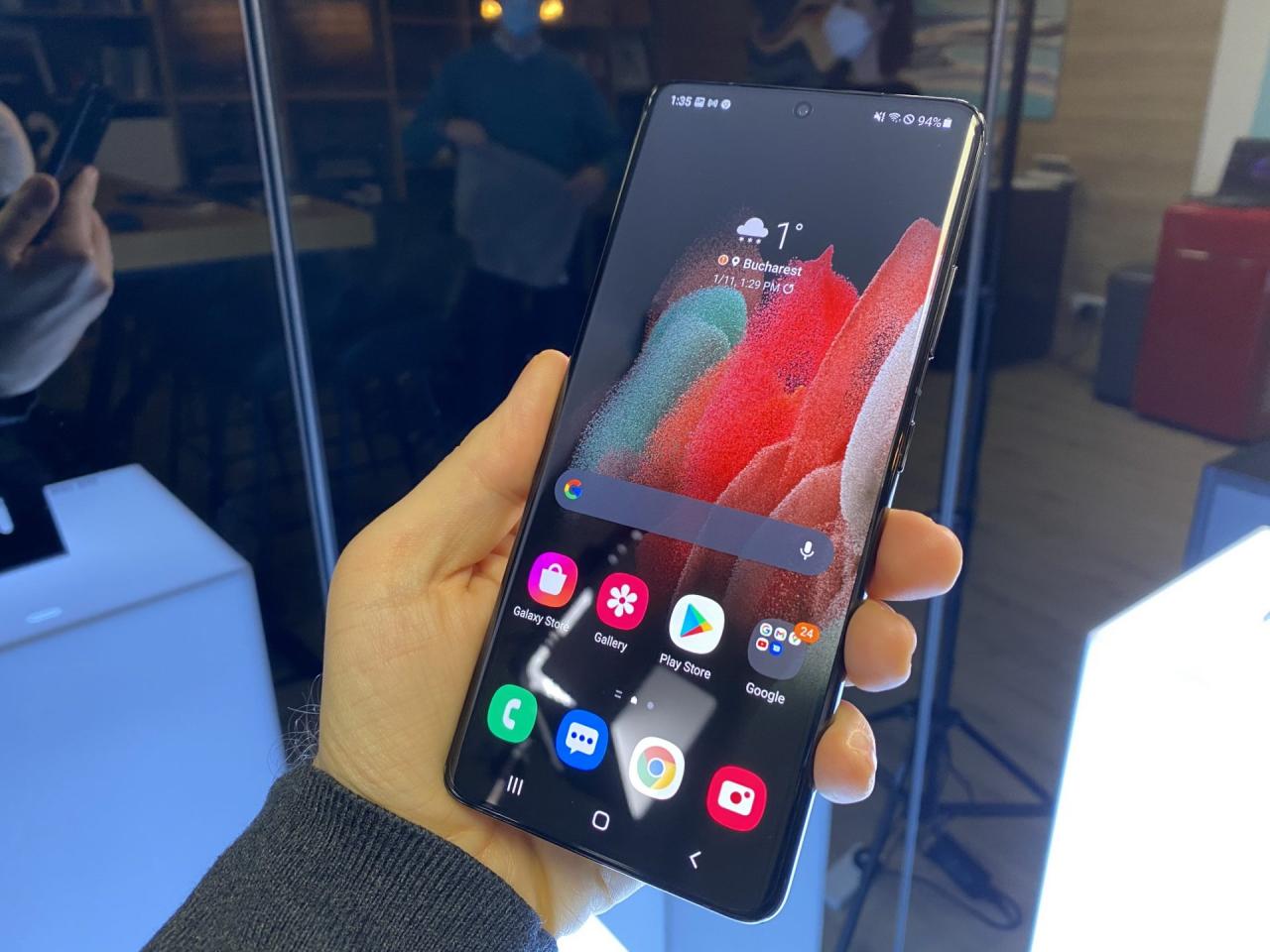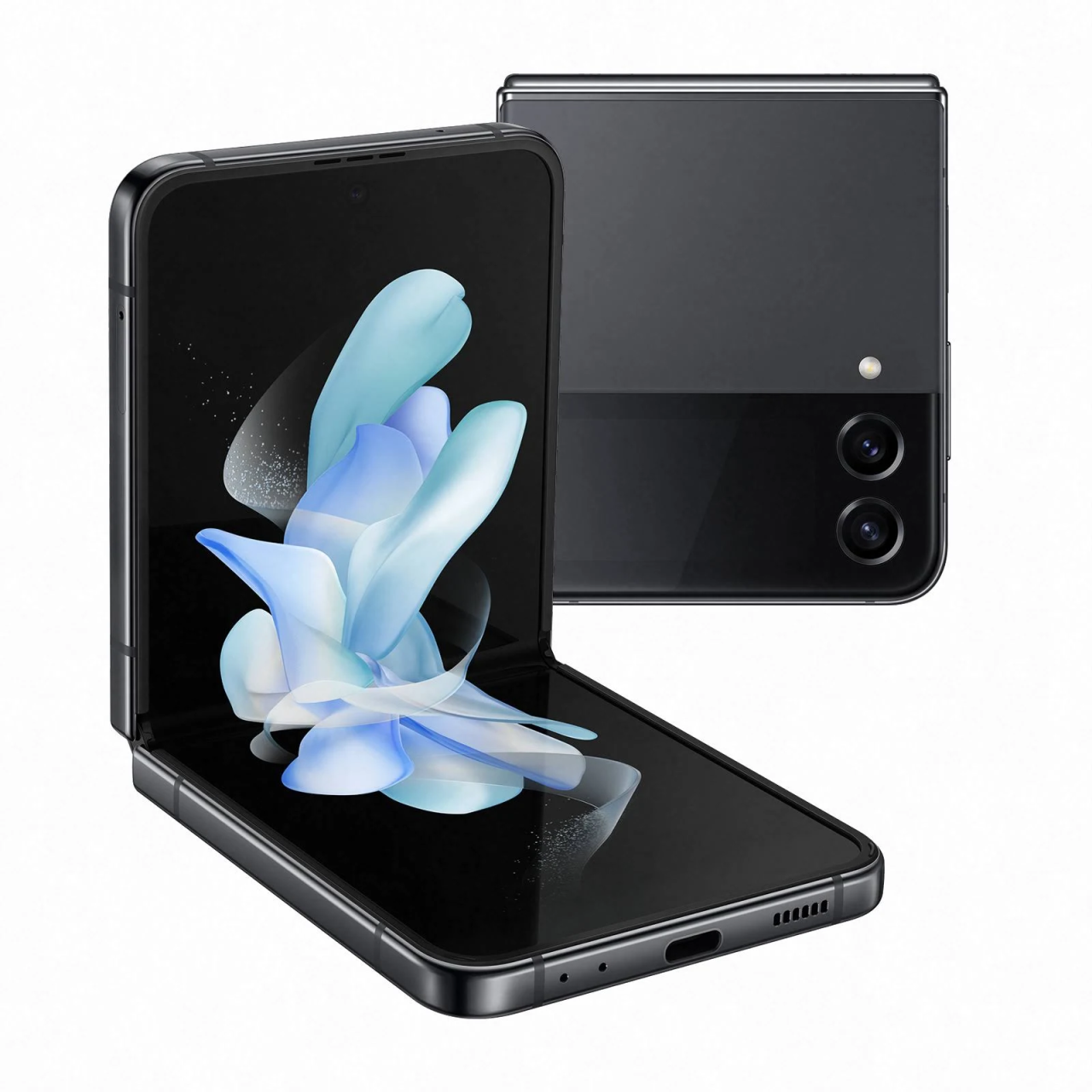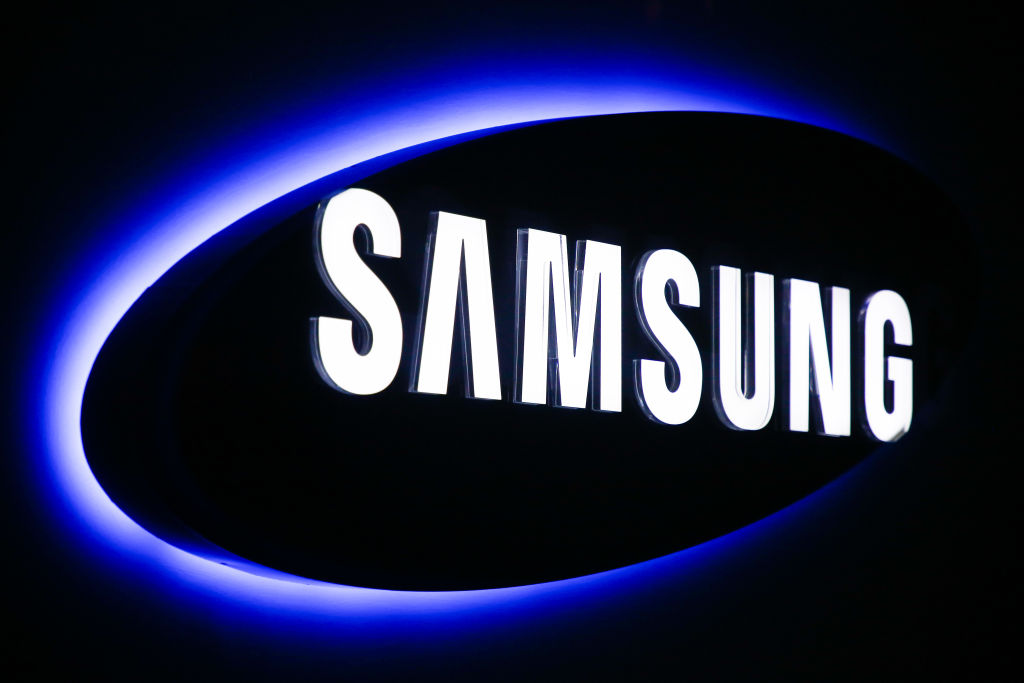samsung galaxy s ii stands as a landmark in the evolution of smartphones, marking a pivotal moment in mobile technology when it was launched in 2011. This device not only introduced a sleek design and powerful hardware but also set a new standard for user experience and functionality, captivating millions around the globe. By comparing its notable features and performance with its predecessor and successor, we can appreciate how the Galaxy S II reshaped expectations for what a smartphone could achieve.
The Galaxy S II emerged during a transformative era for mobile phones, boasting impressive specifications and a camera system that rivaled contemporary devices. With a robust processor, ample RAM, and a user-friendly interface, it captured the hearts of tech enthusiasts and casual users alike, paving the way for future innovations in the smartphone market.
History of the Samsung Galaxy S II

The Samsung Galaxy S II marked a significant milestone in the evolution of smartphones, being launched in April 2011. This device showcased Samsung’s commitment to innovation, combining cutting-edge technology with sleek design. With its introduction to the market, the Galaxy S II quickly became one of the most popular smartphones of its time, paving the way for future models in the Galaxy S series.
The Galaxy S II was equipped with a 4.3-inch Super AMOLED Plus display, which provided vibrant colors and deep blacks, enhancing the overall user experience. Additionally, it was powered by a dual-core processor, making it one of the fastest smartphones available at the time. The device featured an 8-megapixel rear camera capable of recording 1080p video, along with a front-facing camera for video calls. The Galaxy S II ran on Android 2.3 Gingerbread at launch but was later upgradeable to Android 4.1 Jelly Bean, which introduced various enhancements and improvements in functionality.
Comparison with Predecessor and Successor Models
When comparing the Galaxy S II to its predecessor, the Galaxy S, notable upgrades in specifications and features emerge. The Galaxy S II boasted improved processing power with its dual-core CPU, compared to the single-core processor of the Galaxy S. Furthermore, the display technology transitioned from Super AMOLED to Super AMOLED Plus, providing a clearer and more vibrant viewing experience. The increase in camera resolution and video recording capabilities also set the Galaxy S II apart from its earlier counterpart.
In contrast, the Galaxy S III, released in May 2012, offered further advancements, such as a larger 4.8-inch display with higher resolution and a more powerful quad-core processor. The camera system was enhanced as well, featuring an 8-megapixel camera similar to the Galaxy S II but with improved software for better photography capabilities. This progression illustrates Samsung’s consistent push for innovation within its flagship series.
| Feature | Galaxy S | Galaxy S II | Galaxy S III |
|---|---|---|---|
| Display Size | 4.0 inches | 4.3 inches | 4.8 inches |
| Processor | Single-core | Dual-core | Quad-core |
| Camera | 5 MP | 8 MP | 8 MP |
| Operating System | Android 2.2 Froyo | Android 2.3 Gingerbread | Android 4.0 Ice Cream Sandwich |
The impact of the Galaxy S II on the smartphone market was profound, as it set new standards for performance and design in mobile devices. Its success helped solidify Samsung’s position as a major player in the smartphone industry, challenging competitors like Apple and HTC. Following its release, the Galaxy S II earned multiple awards and accolades, further demonstrating its influence on smartphone development. The device’s success not only contributed to Samsung’s revenue but also established a loyal customer base that would follow the Galaxy brand through its subsequent iterations.
Technical Specifications of the Samsung Galaxy S II

The Samsung Galaxy S II, launched in 2011, was a game-changer in the smartphone market, showcasing advanced technology for its time. Its hardware specifications laid the foundation for a smooth user experience, while its camera system and software updates kept it competitive in the rapidly evolving landscape of mobile technology.
Hardware Specifications
The Galaxy S II was equipped with impressive hardware that set it apart from its competitors. The device was powered by a dual-core 1.2 GHz ARM Cortex-A9 processor, making it one of the fastest smartphones available during its release. Coupled with 1 GB of RAM, this processing power enabled multitasking and efficient operation of applications.
In terms of storage, the Galaxy S II offered multiple options, including 16 GB and 32 GB internal storage variants. It also supported microSD cards, allowing users to expand their storage capacity by up to an additional 64 GB. This flexibility catered to users who required additional space for apps, media, and files.
Camera System
The camera system of the Samsung Galaxy S II was noteworthy, featuring an 8 MP rear camera with autofocus and LED flash. It was capable of recording video at 1080p, which was unprecedented for smartphones at that time. The front-facing camera, although modest at 2 MP, allowed for basic video calling and selfies.
When compared to contemporary smartphones, the Galaxy S II’s camera offered competitive image quality, particularly in good lighting conditions. Its ability to capture high-resolution images and full HD video positioned it as a strong contender in the market, paving the way for future advancements in mobile photography.
Software Version and Updates
The Galaxy S II initially shipped with Android 2.3 Gingerbread, a version that laid the groundwork for its user interface and functionality. Over time, Samsung provided several software updates, enhancing the performance and usability of the device. Notably, the device received an upgrade to Android 4.1.2 Jelly Bean, which introduced features such as Project Butter for smoother performance and enhanced notifications.
The update process extended the device’s life cycle, enabling users to experience improved features and security enhancements, even as newer models were released. This commitment to software updates was a significant selling point, showcasing Samsung’s dedication to user satisfaction.
User Experience and Reviews of the Samsung Galaxy S II
The Samsung Galaxy S II has left a significant mark on the smartphone landscape since its release, earning both praise and criticism from users around the globe. With its cutting-edge technology at the time and sleek design, the device attracted a diverse audience. User experiences have played a crucial role in shaping the perception of this iconic smartphone, highlighting its strengths as well as its weaknesses over time.
User reviews across various platforms reveal a mixture of satisfaction and frustration regarding the Galaxy S II. The device has been commended for its stunning display, lightweight build, and overall performance, though some users have flagged issues with battery life and the device’s handling of intensive tasks. Notably, the feedback has evolved alongside software updates and changing user expectations as newer models became available.
User Testimonials and Reviews
User experiences often provide invaluable insights into the performance and reliability of the Galaxy S II. Many users have praised the following aspects:
-
The vibrant 4.3-inch Super AMOLED Plus display offers excellent color saturation and brightness, making it a delight for media consumption.
-
The phone’s lightweight design and ergonomic shape have been highlighted, with users appreciating how comfortably it fits in their hand.
-
Many users reported a fast and smooth performance due to its dual-core processor, which made multitasking and app usage seamless.
However, there are also reported weaknesses, including:
-
Some users experienced battery drain issues, especially during heavy usage, which led to frequent charging requirements.
-
Occasional lagging during intensive gaming or while running multiple applications simultaneously has been noted, particularly in older models.
-
Users have expressed concerns about the plastic build quality, feeling it does not convey a premium feel compared to competitors.
Usability in Terms of Battery Life and Performance, Samsung galaxy s ii
The usability of the Samsung Galaxy S II in terms of battery life and performance under heavy usage has been a focal point in user discussions. While the device initially received commendations for its battery longevity, real-world usage often painted a different picture, especially for power users.
Many users reported that the 1650 mAh battery could sustain moderate usage throughout the day, but heavy tasks such as gaming, streaming, or extensive web browsing could lead to rapid depletion. In practical scenarios, users noted the following:
- Under regular usage, including social media and occasional calls, the battery could last up to a full day.
- Intensive activities, like gaming or using GPS navigation, often necessitated a mid-day recharge.
- Software updates over time improved battery management but did not eliminate the need for more frequent charging during heavy use.
Overall, while the Samsung Galaxy S II has been celebrated for its innovative features and user-friendly experience, it also faced criticism regarding its battery performance in demanding situations. User reviews provide a nuanced understanding of what to expect from this iconic device, helping potential buyers make informed decisions.
Legacy and Cultural Impact of the Samsung Galaxy S II

The Samsung Galaxy S II marked a significant turning point in the smartphone landscape, setting a precedent for future devices within the Samsung portfolio and the broader industry. Its successful blend of cutting-edge technology and user-focused design elevated consumer expectations, influencing a myriad of models and brands that followed.
The Galaxy S II’s impact is evident in subsequent iterations of Samsung’s flagship devices and in competing models from other manufacturers. Its sleek design, vibrant Super AMOLED display, and powerful performance became benchmark features in the smartphone market. The Galaxy S II introduced a more refined user interface with TouchWiz, which influenced the design of later models like the Galaxy S III and S4. Furthermore, the device’s success prompted rival companies to enhance their specifications and innovate in areas such as camera quality, processing speed, and display technology to compete with Samsung’s advancements.
Influence on Subsequent Models and Competitors
The Galaxy S II set a high bar for smartphones, with features that quickly became standard across the industry. Its influence can be observed in several key areas:
- Design Aesthetics: The thin, lightweight design of the Galaxy S II established a trend for future smartphones, with manufacturers aiming to create devices that were both stylish and portable.
- Display Technology: The introduction of the Super AMOLED display showcased Samsung’s capabilities in producing vibrant and energy-efficient screens, which other brands began to adopt in their models.
- Camera Innovation: The Galaxy S II featured an impressive 8-megapixel camera, encouraging competitors to enhance their own camera technologies, leading to a race in megapixels and photo quality.
- Performance Standards: With a dual-core processor, the Galaxy S II pushed the boundaries of mobile processing power, prompting other manufacturers to adopt similar chipsets in their devices.
The cultural impact of the Galaxy S II extended beyond specifications and design; it became a pop culture icon featured in movies, television shows, and media references. The device’s unique design and functionality often made it a symbol of modern technology, appearing in scenes that showcased characters’ social status or technological proficiency.
Role in Popular Culture and Media References
The Galaxy S II was not just a technological marvel; it also found its way into the zeitgeist of the early 2010s, becoming synonymous with the smartphone revolution. Some notable aspects of its cultural significance include:
- Film Appearances: The Galaxy S II appeared in various films where characters used it to display their tech-savviness, representing the shift towards smartphones as essential lifestyle tools.
- Television Integration: Popular TV shows featured the Galaxy S II in everyday scenarios, further embedding it in the collective consciousness of viewers and reinforcing its status as a desirable gadget.
- Social Media Mention: The device became a common topic of discussion on social media platforms, where users shared experiences and reviews, amplifying its popularity and influence.
The Galaxy S II also played a critical role in shaping consumer expectations for smartphones in the years that followed. As users became accustomed to its capabilities and performance, their demands evolved, leading to a more competitive market.
Shaping Consumer Expectations
The introduction of the Galaxy S II set new standards for what consumers would expect from their devices:
- High Performance: Consumers began to anticipate smartphones that could handle multitasking and demanding applications without lag.
- Advanced Cameras: The expectation for high-quality photography in smartphones became the norm, as users sought devices that could replace traditional cameras.
- Long Battery Life: The desire for all-day battery performance emerged, pushing manufacturers to innovate in power management technologies.
- User-Centric Features: Users began to favor devices with customizable interfaces and features tailored to their needs, influencing the UI designs in later models.
As a result, the Galaxy S II not only established itself as a cornerstone in Samsung’s smartphone lineup but also significantly shaped the trajectory of the mobile phone industry, creating a ripple effect that continues to influence design and functionality in smartphones today.
Answers to Common Questions
What was the launch date of the Samsung Galaxy S II?
The Samsung Galaxy S II was launched in April 2011.
What operating system did the Galaxy S II originally run?
The Galaxy S II originally ran on Android 2.3 Gingerbread.
How many megapixels was the camera on the Samsung Galaxy S II?
The camera on the Galaxy S II had 8 megapixels, capable of capturing high-quality images for its time.
What was the battery capacity of the Samsung Galaxy S II?
The Samsung Galaxy S II came with a 1650 mAh battery, providing decent battery life for everyday use.
Is the Samsung Galaxy S II still supported with updates?
No, the Samsung Galaxy S II is no longer receiving official software updates from Samsung.
The innovative lg flex offers a unique solution for those who crave flexibility in their devices. With its adaptable features, users can easily transition between various modes to suit their needs. This level of versatility not only enhances productivity but also ensures that technology remains in sync with the fast-paced lifestyle of today.
If you’re considering upgrading your smartphone, the current promotion iphone offers an excellent opportunity to get your hands on the latest models at a more accessible price. This promotion not only allows you to own a cutting-edge device but also ensures you remain connected with modern technology without breaking the bank.
